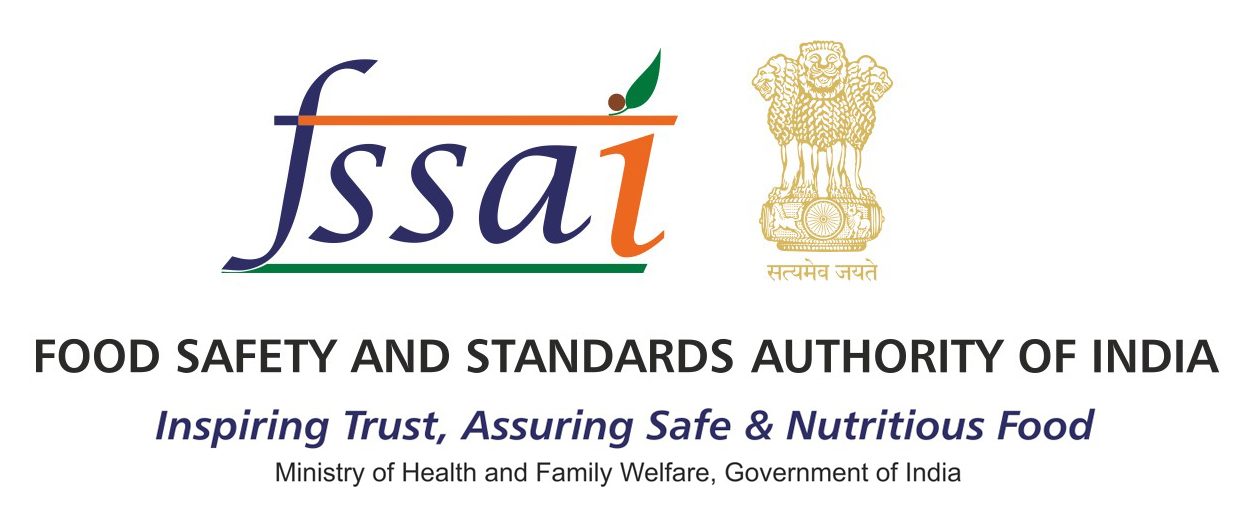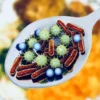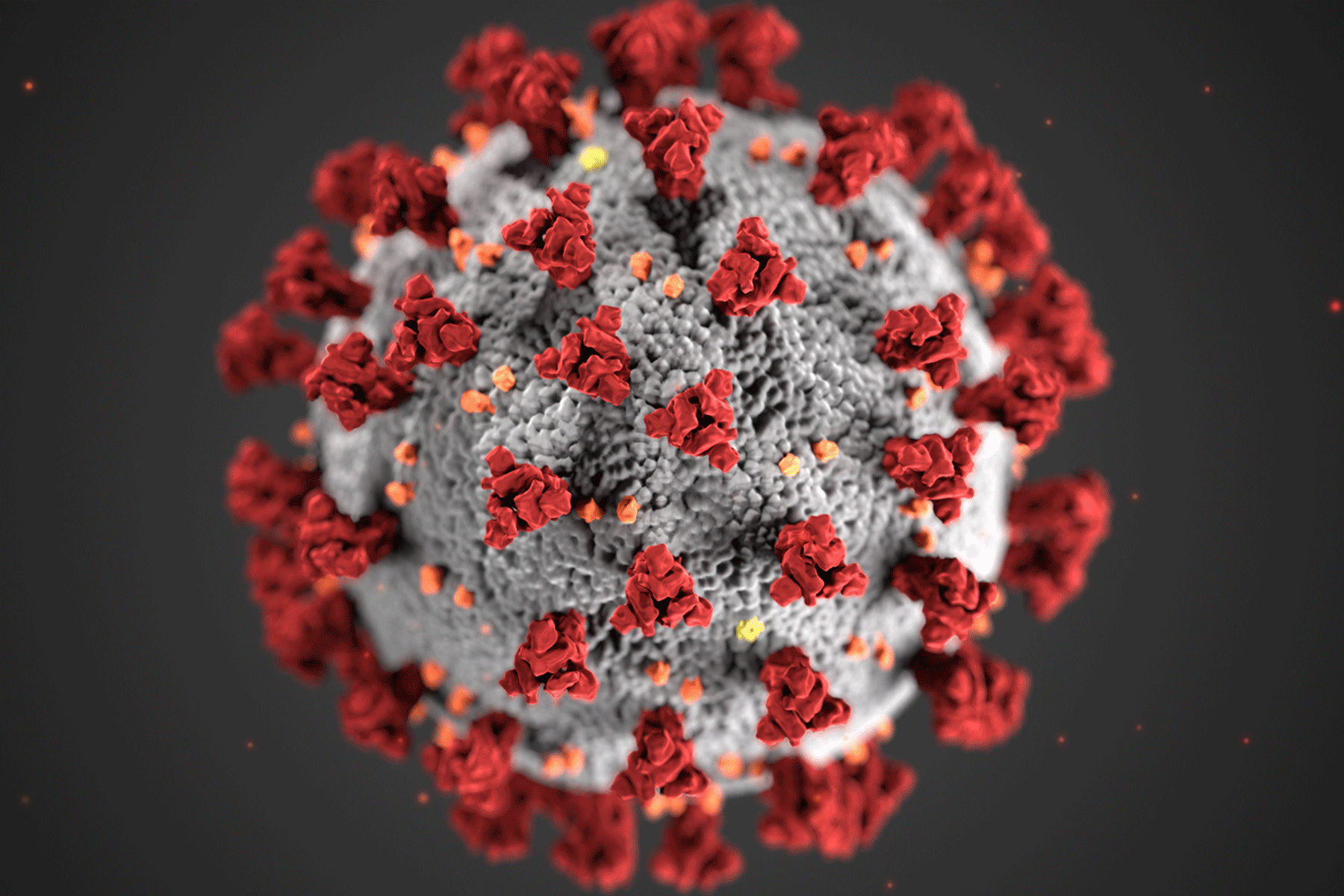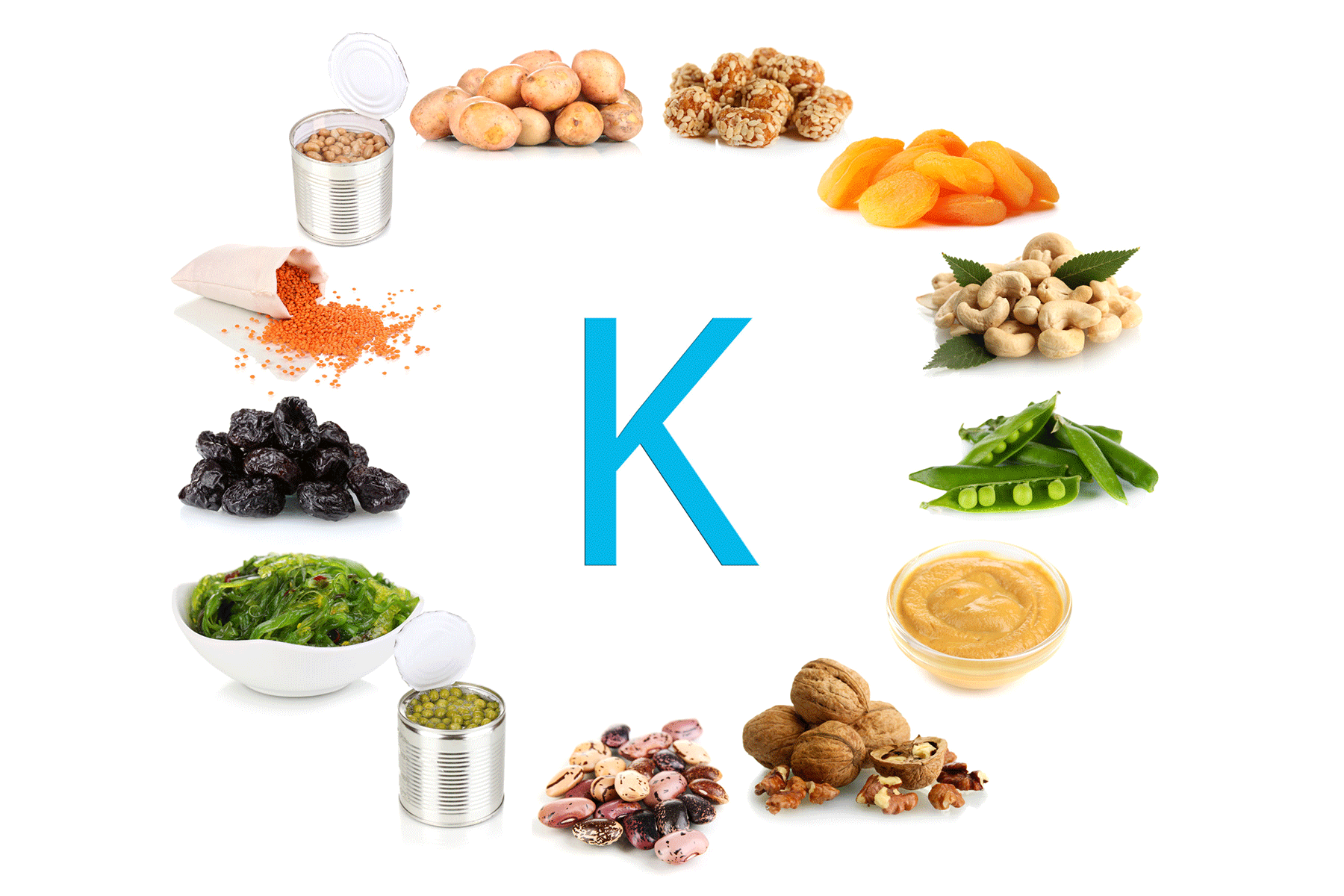 Food Manifest
Food Manifest
The house of resource for food safety.
additives
- Home
- additives

NIT Rourkela & UP Los Baños Develop IoT Colourimeter for Food Quality0
- A to Z, Food Safety, Health & Wellness, New Technology, News
- March 21, 2025
Overview Researchers from NIT Rourkela and the University of the Philippines Los Baños have developed an IoT-enabled smart colourimeter to monitor ingredient quality in processed foods. This device enables real-time tracking of colour and temperature variations, making it particularly valuable for analyzing oleogels and fat alternatives in the food industry. How the Smart Colourimeter Works
READ MORE
FSSAI Strengthens Food Safety Standards for Non-Bovine Milk0
- Food Hygiene, Food Safety, Health & Wellness, News
- March 18, 2025
Report The Food Safety and Standards Authority of India (FSSAI) has introduced new regulations for non-bovine milk, including goat, camel, and sheep milk. These guidelines, specified in sub-regulation 2.1.2 of the Food Safety and Standards (Food Products Standards and Food Additives), aim to ensure high-quality, safe milk for consumers. Ensuring Safe and Hygienic Livestock Farming
READ MORE
U.S. Plans to Ban Artificial Food Dyes for Consumer Safety0
- Food Hygiene, Food Laws, Food Safety, General, Health & Wellness, News
- March 14, 2025
Report The U.S. government is moving toward banning artificial colour additives or food dyes to enhance consumer safety. Health and Human Services Secretary Robert F. Kennedy Jr. informed industry executives on Monday that the ban would take effect before his term ends. ABC News reported this development, citing an internal memo. Meeting with Industry Leaders
READ MORE
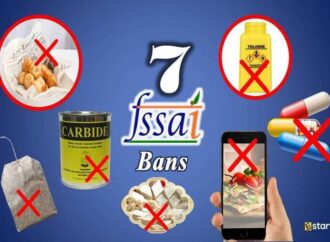
Banned Food Additives and Chemicals in India0
- Food Laws, Food Safety, General, Health & Wellness
- February 17, 2025
India’s food market is one of the largest and most diverse in the world, and with an ever-growing consumer base, there is an increasing demand for safe, high-quality food products. The Food Safety and Standards Authority of India (FSSAI) plays a critical role in safeguarding public health by regulating food safety. It ensures that food
READ MORE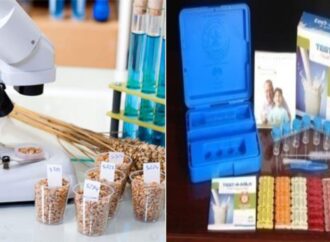
Karnataka’s “Magic” Food Testing Kits in Full Swing0
- A to Z, Event, Food Hygiene, Food Laws, Food Safety, News
- January 23, 2025
Overview To ensure food safety and combat adulteration, the Karnataka health ministry has introduced food safety test kits at 10 locations across Bengaluru. These kits enable consumers to quickly check if items like paneer, fish, and raw food materials contain harmful additives using a simple tincture test. Simple Tests for Easy Adulteration Detection At any
READ MORE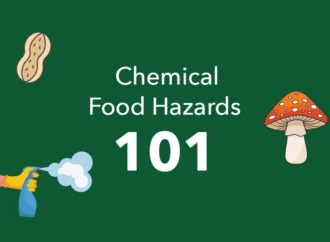
Chemical Hazards in Food: Ensuring Safety in Every Bite0
- A to Z, Food Safety, General, Health & Wellness
- November 26, 2024
Chemical hazards in food present significant risks to public health, ranging from mild discomfort to life-threatening diseases. These hazards can appear at any stage of the food production process, from farming to packaging and storage. Examples include naturally occurring toxins such as aflatoxins, residues of pesticides and fertilizers, and industrial pollutants like heavy metals and
READ MORE
Latest Posts
-

-

-

-

Banned Food Additives and Chemicals in India
- Food Laws, Food Safety, General, Health & Wellness
- February 17, 2025
-

Karnataka's "Magic" Food Testing Kits in Full Swing
- A to Z, Event, Food Hygiene, Food Laws, Food Safety, News
- January 23, 2025
